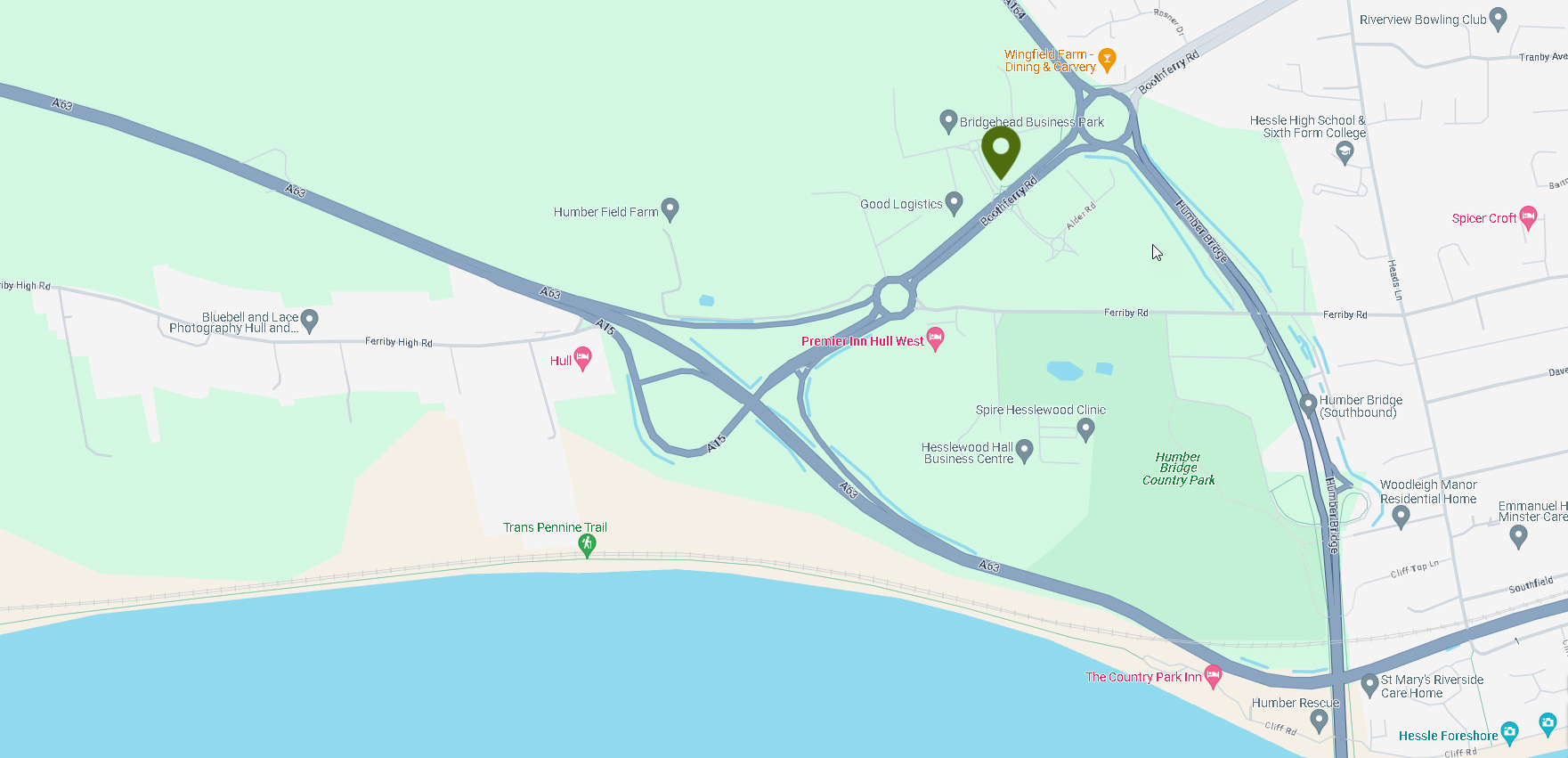- call us now! 01482 692421
Pension Planning: An Expert View
Feb 21, 2024
Pension planning is the process of choosing the most suitable type of pension and setting your contribution levels to ensure you will be able to afford your intended lifestyle during retirement. Pension planning usually includes an initial consultation with a professional pension adviser, but it may also require ongoing assessment and adjustment, especially if the pension pot is invested in stocks and shares.
Most people’s pension planning includes a workplace pension that they are enrolled in as part of their employment. Some people then have an additional personal pension, which they contribute to on a weekly or monthly basis. An alternative option to the latter is a Self-Invested Personal Pension (SIPP) which includes broader investment options.
What’s the difference between pension planning and retirement planning?
Sometimes pension planning and retirement planning are used interchangeably. However, they are different. Pension planning includes a service from qualified advisers that assesses individual circumstances to recommend the most suitable pension plans and strategies for using them, which will require ongoing review.
On the other hand, retirement planning is a broader financial assessment that prepares individuals for their retirement. A pension is one of the most important aspects of retirement planning, but it can also include other considerations, such as savings, investments, expected inheritance and property.
Thus, pension planning is one part of retirement planning, and retirement planning typically includes more than just pensions. Our team offer both pension planning and retirement planning services.
What is the pension tax benefit?
There are tax benefits when you contribute to a pension as the government wants to encourage and incentivise planning for retirement. When you contribute to a workplace pension, the contribution is taken from your pre-tax income, meaning the money goes directly into your pension without first being taxed.
When you contribute to a personal pension plan as a basic-rate taxpayer, the pension provider can claim back 20% of the contribution from the government, which is then added to your pension pot. This is called tax relief at source. Higher-rate taxpayers can also benefit, although the process is slightly different, and payments need to be claimed.
How much should you put into a pension?
There isn’t a hard and fast rule on how much you should contribute to a personal pension plan. The general advice is to put as much as possible in and to start as early as you can, so it has more time to grow – but a personalised assessment is strongly advised.
There is more specific – yet still generic - advice offered by the likes of Martin Lewis, who says you should half your age when you first begin your personal pension and put this number (as a percentage) of your annual income into your pension each year.
Get pension advice from our friendly advisers!
Prioritising your future quality of later life is an important proactive step to take. Our specialist team of pension advisers and retirement planners are on hand to discuss your exact circumstances and long-term goals. Get in touch now to arrange a consultation.


